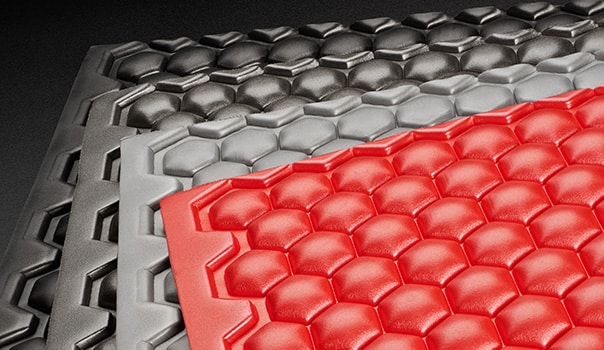Injection Molded Foam: How to Determine if this Process is Right for Your Project
If you’re searching for a soft material solution for your project, you might be overwhelmed with the different options you may find when researching online. You will find that there are several processes, including Injection Molded Foam.
Types of Processes
Compression Molded Foam is generally used for a product that is replaceable and not overly durable. This process has lower part costs and requires less volume to get started. It is mostly used for products intended to be replaced because of a constantly changing market.
PU Molded Foams come in two forms: RIM(reaction injection molded) and water blown. RIM cultivates a durable, outer skin, while water blown makes sponge-like products. Water blown are absorbent and less durable than RIM. PU Molded Foams Advantages have low unit cost, less tooling needed to start, and are widely available.
Developed from compression molded foam and molded polyurethane, the injection molded foam process is relatively new. This method stems from the footwear industry, where the shoes were designed with a spring-like injection molded outsole. Injection Molded Foam can be soft, cleanable, durable, closed cell foam and available in many colors.
Selecting the Right Process for Your Project
New processes may seem risky and you may not know if it’s best for you. When selecting the right process for your product, it’s important to keep a few key factors in mind:
- Is the part used indoors or outdoors?
- How many parts do I need and when do I need them?
- Where and how will the parts be used?
- Does the part need to be cleaned or disinfected?
Another key factor is volume. PU Molded Foams is typically used for products with low volume numbers. Compression Molded Foam is for a mid-range volume product, and can easily be scaled up for mass production. Injection Molded Foam is best for volumes of 25,000 pcs or more a year. It can also be increased quickly thanks to the multi-stationed machines.
When selecting the right molded foam process for your project, it’s essential that you understand your market and your customers.




